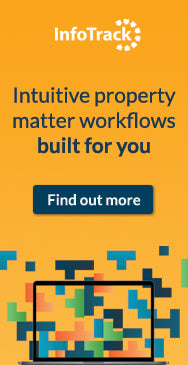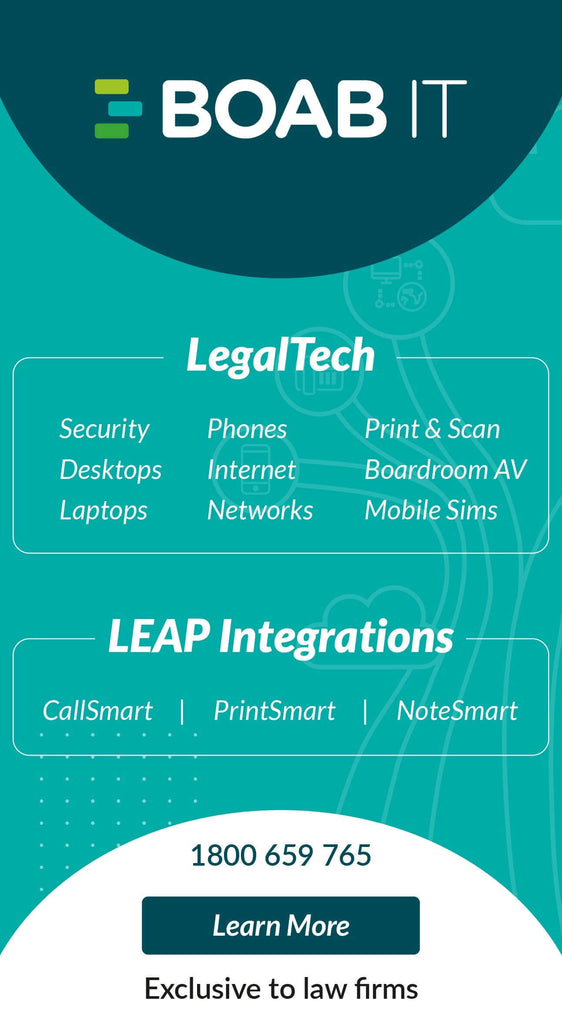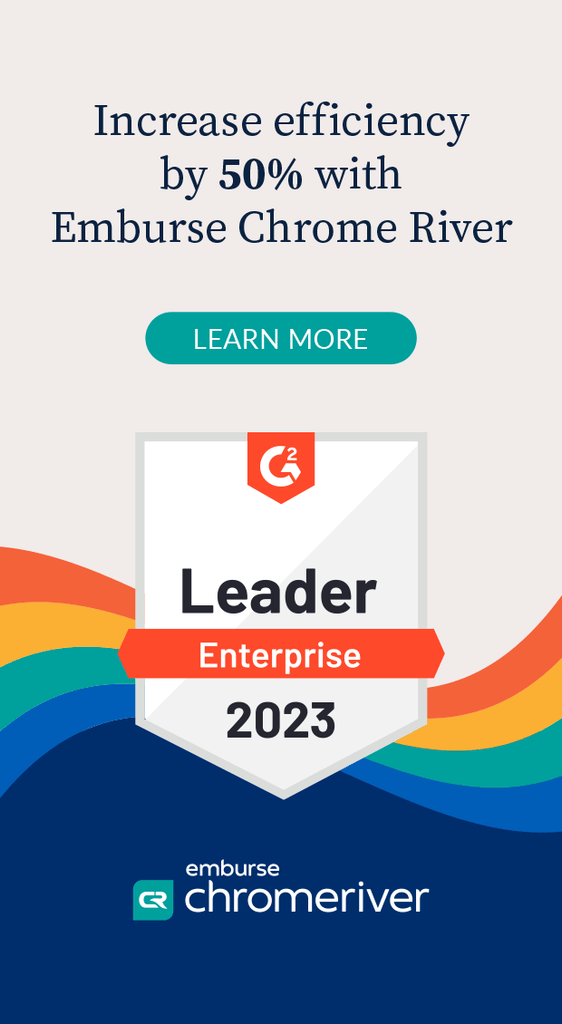
Law Firms Strategic Advantage with Expense Management
Market benchmarks indicate that Travel & Expenses (T&E) constitute the second-largest indirect cost for law firms, representing a range of 1% to 12% of annual revenues.
This level of expenditure presents a challenge to law firms due to the fragmented processes of capturing, tracking, and reconciling billable T&E associated with client-related activities as well as firm-related matters such as marketing, business development, technology expenditure and general operational matters.
Law firms' traditional expense management processes and systems often fall short, leading to inefficiencies, errors, and time-consuming work, with the finance team investing more of their time in reconciling and compiling management reports. With respect to the aforementioned, errors in billing clients and the payment of employees are impactful and concern law firms’ management teams.
In the dynamic and time-sensitive realm of the legal profession, efficient expense management now goes beyond being a mere necessity; it has evolved into a strategic advantage. Recognising this, law firms increasingly embrace innovative solutions to streamline their financial workflows, regardless of their size.
What law firms want from their expense management solution
- Intuitive User Interface: An intuitive and user-friendly interface, minimising the learning curve and allowing legal professionals to focus on practising law.
- Automation for Accuracy: In the legal world, precision is non-negotiable. Advanced automation features to reduce manual data entry and the risk of human error, ensuring accuracy in financial reporting and compliance.
- Policy Compliance Made Simple: Tailored for legal professionals bound by stringent policies to enforce compliance effortlessly through a robust policy engine, flagging discrepancies and ensuring adherence to internal and external guidelines.
- Real-time Visibility and Control: Transparency is key in managing law firm finances. Providing real-time visibility into expenses, budgets, and trends, allowing better control over financial health for proactive decision-making and resource allocation.
- Seamless Integration: Integrating seamlessly with existing accounting and financial systems, eliminating silos and enhancing overall efficiency, ensuring a holistic view of financial data for strategic planning and forecasting.
- Mobile Accessibility: In the dynamic legal profession, mobile accessibility enables professionals to submit, track, and approve expenses from anywhere, ensuring business pace is never compromised.
In conclusion, law firms want a go-to solution that distinguishes itself by seamlessly navigating the complexities of the legal processes. In the dynamic realm of law, where precision is paramount, firms want an amalgamation of intuitive design, automation, policy compliance, real-time visibility, integration, and mobile accessibility, while allowing legal professionals to focus on delivering exceptional services with financial precision.
Amongst the solutions available, Emburse Chrome River emerges as a transformative expense management platform strategically crafted to empower law firms with unprecedented control and precision. A compelling case study by TechValidate showcases the instrumental role of Emburse in saving Shine Lawyers up to an estimated 5% of employee spending with sizeable finance team time savings.
Emburse Chrome River is presented as a beacon of innovation addressing the challenges of law firms. Relative to the aforementioned, Melissa Grant, Financial Controller of Hall & Wilcox and Tony Rehal, Senior Solutions Consultant of Emburse, run through the best practices of expense management for law firms and will share how Hall & Wilcox achieved their desired business outcomes.Subscribe to the Legal Practice Intelligence fortnightly eBulletin. Follow the links to access more articles related to the business of law and legal technology.
Disclaimer: The views and opinions expressed in this article do not necessarily reflect the official policy or position of Novum Learning or Legal Practice Intelligence (LPI). While every attempt has been made to ensure that the information in this article has been obtained from reliable sources, neither Novum Learning or LPI nor the author is responsible for any errors or omissions, or for the results obtained from the use of this information, as the content published here is for information purposes only. The article does not constitute a comprehensive or complete statement of the matters discussed or the law relating thereto and does not constitute professional and/or financial advice.





